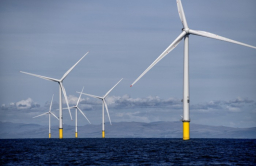-
KOSPI 3014.47 -7.37 -0.24%
-
KOSDAQ 784.79 -6.74 -0.85%
-
KOSPI200 404.32 -1.00 -0.25%
-
USD/KRW 1369 10.00 -0.73%
Monday Jun 23, 2025
Korea rejects BlackRock’s $7.5 bn wind farm project
Energy
Korea rejects BlackRock’s $7.5 bn wind farm project
The saturated electricity grid in South Jeolla Province may remain an obstacle to wind farm projects
By
Jan 30, 2024 (Gmt+09:00)
2
Min read
News+
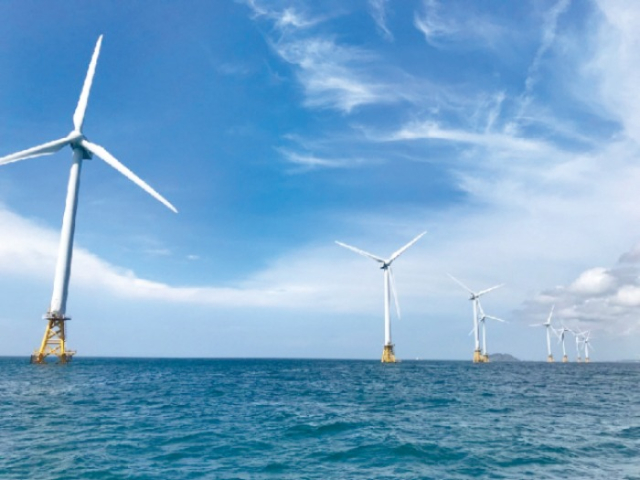
South Korea has slammed the brakes on BlackRock’s offshore wind farm project worth around 10 trillion won ($7.5 billion), citing financing uncertainty and an insufficient transmission network for what was set to be the country’s largest wind power complex, according to a government official on Tuesday.
BlackRock plans to build five wind farms off South Korea’s southwestern coast in Sinan County, South Jeolla Province after it acquired a 100% stake in Korea Renewable Energy Development & Operation Holdings Co. (KREDO Holdings) via BlackRock Real Assets in 2021.
The deal marked the private equity company’s first investment in South Korea’s offshore wind power sector. It tapped BlackRock’s $4.8 billion Global Renewable Power fund for the purchase.
The Electricity Committee of the Ministry of Trade, Industry and Energy (MOTIE) recently rejected all five Sinan offshore wind farm construction plans proposed by KREDO Holdings.
A MOTIE official said it was not “a policy decision.”
He added that the documents submitted by KREDO failed to meet the standards for proving financial capabilities. The saturated transmission network in the county was another reason for its rejection of the project.
In the current transmission network, four out of the planned five wind farms may not be able to connect their power generators to the transmission grid after their construction is completed.
A transmission grid is a network of power stations, transmission lines and substations.
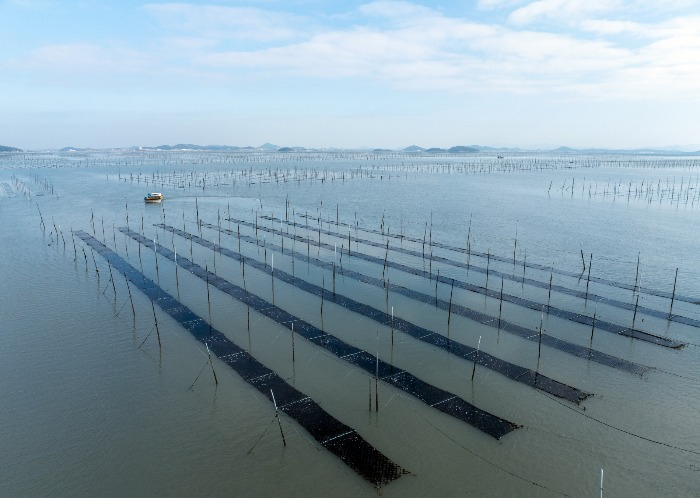
KREDO is one of Korea’s largest renewables developers and owns an advanced pipeline of offshore wind and other renewables assets.
It has applied for licenses to build five wind farms off the coasts of four islands in Sinan County and install more than 200 wind power towers there, under the project names: Siana Blue Bigeum I; Sinan Blue Bigeum II; Sinan Blue Jaeun; Sinan Blue Sineuido; and Sinan Blue Imja.
Once fully operational, they would be capable of generating a combined 2-gigawatt electricity per year.
Their capacity would be larger than the 1.6GW wind power farm to be constructed off the Korean western coast of Incheon by Orsted. Last month, the Danish company secured exclusive rights for the project estimated at 8 trillion won.
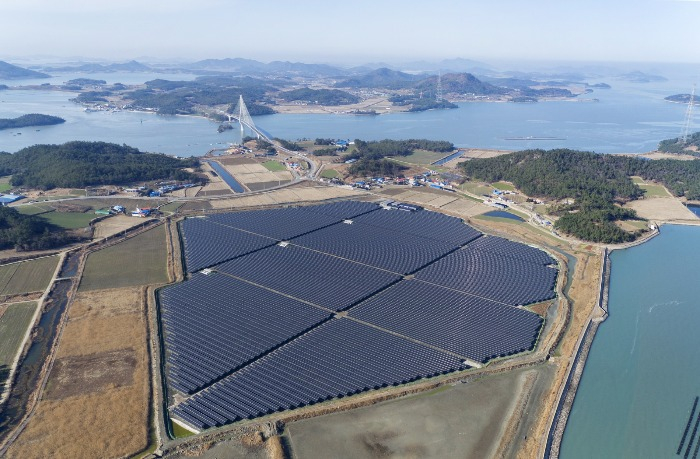
Sinan County consists of one thousand inhabited and uninhabited islands. The area is regarded as an ideal place for renewable energy generation thanks to ample wind and sunlight.
However, the lack of transmission infrastructure there poses an obstacle to building power facilities because of the difficulty in transferring electricity to the Seoul Metropolitan Area, where about half the country’s population lives.
The South Korean government announced a plan to invest about 8 trillion won by 2036 to build a West Coast submarine high-voltage direct current (HVDC) network to facilitate the transfer of carbon-free electricity from South Jeolla Province north to the Seoul Metropolitan Area.
Write to Han-Shin Park at phs@hankyung.com
Yeonhee Kim edited this article.
More To Read
-
Dec 01, 2023 (Gmt+09:00)
-
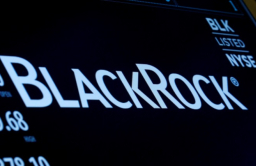 Mergers & AcquisitionsBlackRock Real Assets makes first Korean solar investment
Mergers & AcquisitionsBlackRock Real Assets makes first Korean solar investmentAug 18, 2021 (Gmt+09:00)
-
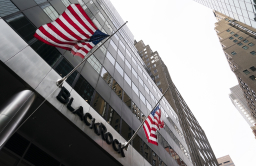 Mergers & AcquisitionsBlackRock Real Assets makes first Korean offshore wind investment
Mergers & AcquisitionsBlackRock Real Assets makes first Korean offshore wind investmentJul 15, 2021 (Gmt+09:00)
-
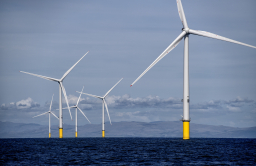 Carbon neutralityDenmark’s Orsted to build world’s biggest wind farm off S.Korean coast
Carbon neutralityDenmark’s Orsted to build world’s biggest wind farm off S.Korean coastNov 24, 2020 (Gmt+09:00)


